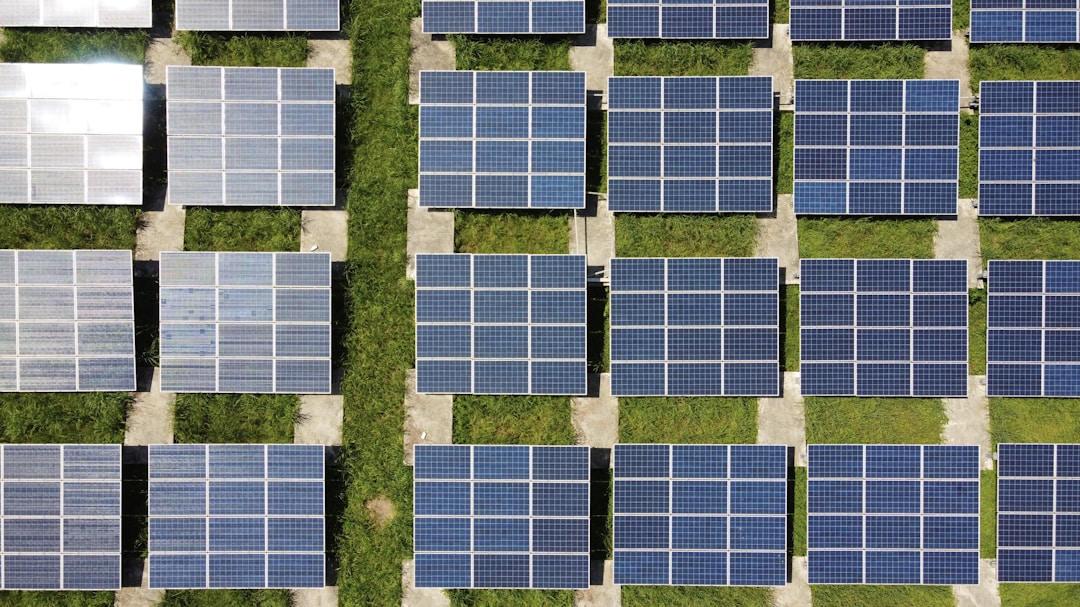As global communities continue to grapple with climate change and environmental degradation problems, renewable energy increasingly takes center stage. It now stands as an integral player to curb global warming, while offering unique opportunities in the investment arena. This article explores the multifaceted nature of investing in renewable energy. Keep reading if you are interested in understanding renewable energy, its benefits and challenges to investors, and the strategies for overcoming those hurdles.
Understanding Renewable Energy: A Brief Overview
Renewable energy originates from natural resources such as the sun, wind, and water, which can continuously replenish. From solar power to geothermal heat, these energy sources offer an inexhaustible, cleaner alternative to traditional fossil fuels, conducive to a more sustainable world.
Investments in the renewable energy sector encompass financing projects that generate clean energy. One such example is the investment into large-scale wind farms or solar energy projects. These are not only vital in combating climate change but also provide excellent opportunities for investment.
Rapid technological advancements, government policies supporting green energy, and growing public concern for the environment have led to a surge in opportunities for coned renewable energy investment.
Despite the global embrace and the evident growth of the sector, potential investors must remain aware that every investment comes with certain challenges and risks that require strategic handling.
The Impressive Benefits of Investing in Renewable Energy

Investing in renewable energy comes with several attractive benefits. Foremost among these is profitability. The sector has demonstrated notable growth over the past decade, and future projections remain equally promising.
Such investments also contribute to social welfare by creating jobs and stimulating economic growth. Furthermore, it diversifies a country’s energy mix, reducing the dependence on imported fossil fuels, and thus enhancing energy security.
Perhaps the most compelling advantage lies in the contribution towards a sustainable and cleaner environment. By investing in renewable energy, individuals and corporations provide an upthrust to reduce harmful emissions, mitigate climate change, and protect the planet for future generations.
However, one must acknowledge the potential challenges to harness these benefits fully.
Potential Hurdles in the Renewable Energy Investment Landscape
The renewable energy sector, though booming, poses significant challenges for investors. High upfront costs are perhaps the most evident. Some renewable energy technologies, such as wind and solar, require significant initial capital for infrastructure and installations.
Regulatory risks also present a substantial hurdle. Policies and government regulations can vastly influence market conditions and profitability for renewable energy investors. Consequently, abrupt regulatory changes may destabilize expected investment returns.
Diverse geographical locations and their varying natural resources increase the complexity of renewable energy projects. This leads to irregular energy production, highly dependent on the weather and season.
Furthermore, technological advances in green energy continue to outpace, depreciating older renewable energy assets and pressuring investors.
How to Overcome Challenges in Renewable Energy Investments

Despite the hurdles, several robust strategies can navigate these challenges effectively. Expert consultation is essential in analyzing and understanding the market dynamics and the specific renewable energy project’s viability.
Investors should also explore collaborations and partnerships. Collaboration, particularly with local entities, can prove vital in understanding regional policies, resource availability, and potential demand.
To manage the regulatory risk, investors can consider seeking opportunities in countries with stable political and regulatory environments supportive of the renewable energy sector.
Employing risk management and diversification strategies, such as investing across different renewable energy types and regions, can also buffer potential losses.
The Future Outlook of Renewable Energy Investments
Renewable energy investments continue to brighten, driven by the global thrust towards environmental sustainability. As efficiencies improve and costs keep tumbling, the sector is likely to attract even more interest from investors.
Policy support is also strengthening, with many countries around the world increasing their targets for renewable energy use. This translates into more stable and attractive market conditions for investors.
While there might be advancements in technologies causing current assets to depreciate, they also open up newer avenues for investment. Breakthroughs in energy storage technologies, for instance, are making renewable energy an ever more credible alternative to traditional power generation.
The trend towards sustainability within the corporate world will also continue to drive investments, as companies strive to reduce their carbon impact and align themselves with environmental, social, and governance (ESG) principles.
Altogether, the surge in renewable energy investments is backed by promising profitability, social benefits, and contributions to a sustainable environment. Having identified potential challenges, strategic approaches can effectively overcome these, paving the way for lucrative and responsible investments in the renewable energy sector.











